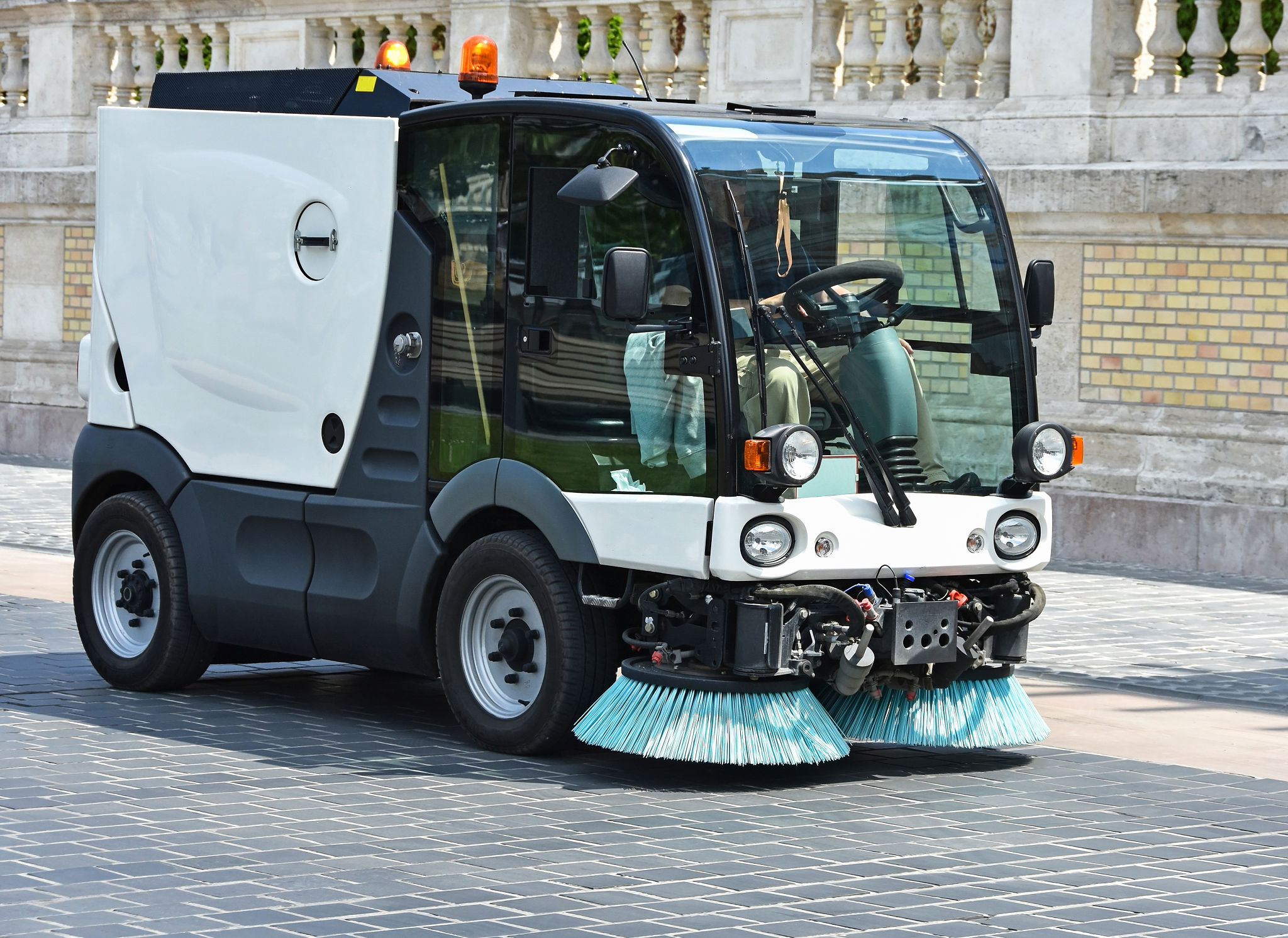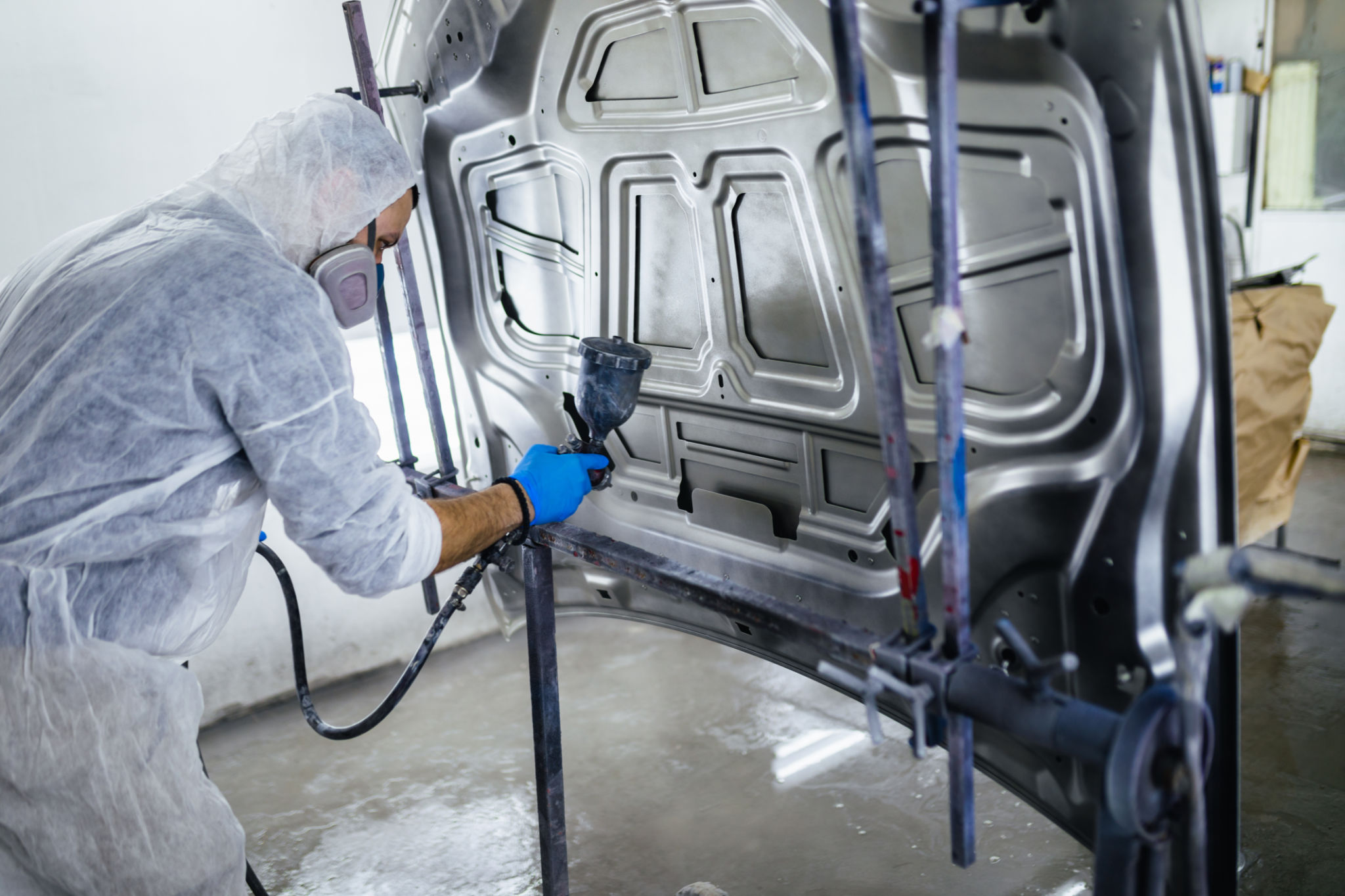Case Study: Transforming a Rusty Vehicle with Laser Technology in Waterloo
Introduction to Laser Technology for Vehicle Restoration
Vehicle restoration has taken a giant leap forward with the advent of laser technology. This cutting-edge approach is revolutionizing the way we restore and preserve vehicles, especially those that have succumbed to rust over time. In Waterloo, a recent case study highlights how laser technology transformed a rusty vehicle into a pristine masterpiece.
The traditional methods of rust removal often involve abrasive techniques that can damage the underlying metal. However, with laser technology, this is no longer a concern. The precision of laser cleaning allows for the effective removal of rust without harming the vehicle's surface.

The Challenge: A Rusty Dilemma
The vehicle in question, an iconic classic car, had been sitting in a damp garage for years. Rust had taken its toll, covering large portions of the bodywork and threatening to ruin the structural integrity. The owner was faced with a dilemma: how to remove rust effectively while preserving the car's original charm?
Traditional sandblasting methods were considered too harsh, and chemical treatments posed environmental concerns. The solution came in the form of laser technology, which promised a cleaner, safer, and more efficient restoration process.
How Laser Technology Works
Laser technology uses concentrated light beams to remove rust, paint, and other contaminants from surfaces. This method is non-abrasive and does not produce any secondary waste. By adjusting the laser's intensity, technicians can target specific areas precisely, ensuring that only the rust is removed.
During the restoration process, technicians carefully scanned the vehicle with the laser, watching as layers of rust disappeared almost like magic. The result was a clean, smooth surface ready for priming and painting.

The Transformation Process
The transformation was nothing short of remarkable. The once rusty, neglected vehicle was now free from corrosion, showcasing its original contours and design. The laser restoration process not only preserved the integrity of the metal but also revealed intricate details that were previously obscured by rust.
Following the laser cleaning, the vehicle underwent a comprehensive restoration, including re-painting and detailing. This step ensured that the car not only looked good as new but also benefited from additional protection against future rusting.
Benefits of Laser Technology in Vehicle Restoration
There are several advantages to using laser technology for vehicle restoration:
- Precision: Lasers can target specific areas without affecting surrounding materials.
- Eco-Friendly: The process generates no waste or harmful chemicals.
- Preservation: Maintains the integrity of the vehicle’s original materials.

Conclusion: A New Era of Restoration
The success of this case study in Waterloo highlights the potential of laser technology in transforming rusty vehicles. It offers a glimpse into the future of restoration—one that values sustainability and precision.
As more restoration professionals embrace this technology, we can expect to see more vehicles saved from the brink of decay, preserving automotive history for future generations to enjoy.
